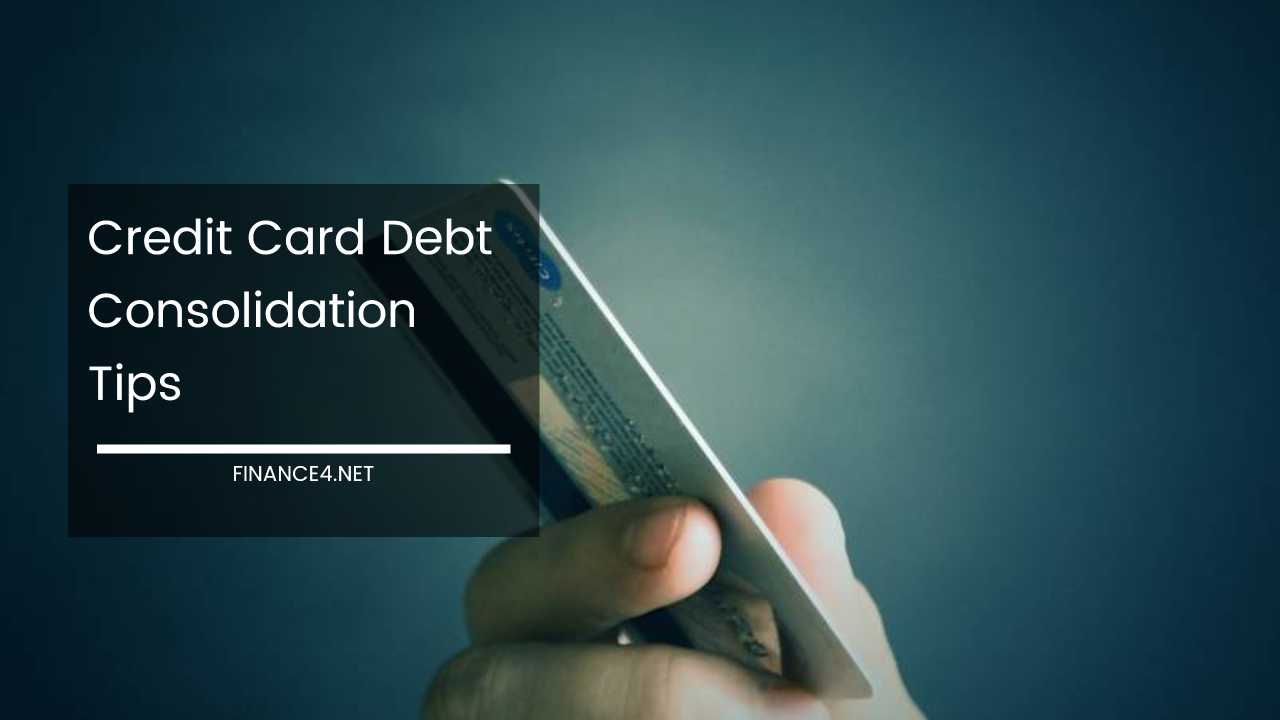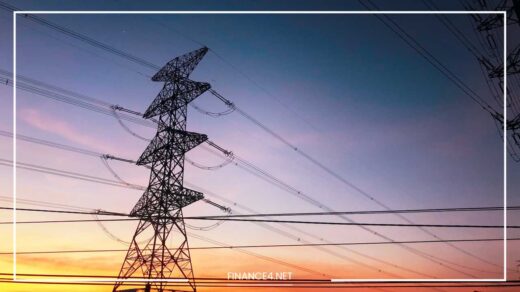Conquer Credit Card Debt: Consolidation Strategies

Credit Card Debt Consolidation: A Comprehensive Guide to Freedom from Debt
Credit card debt can be a suffocating burden, leaving you overwhelmed by calls, bills, and a seemingly endless cycle of payments. But there is hope!
This guide explores effective strategies for credit card debt consolidation, empowering you to take control of your finances and achieve debt freedom.
The Pitfall of Uncontrolled Credit
Credit cards offer a convenient way to manage finances, but uncontrolled spending can quickly spiral into a debt crisis.
Often, the initial appeal of credit cards blinds us to the reality of accumulating high-interest charges. Before you know it, you’re juggling multiple cards with varying interest rates and due dates, making it difficult to track progress and stay afloat.
Taking Charge: Prioritizing and Budgeting
The first step towards conquering credit card debt is acknowledging the problem. Here’s where strategic planning comes in:
- Prioritization: You can’t tackle everything at once. Identify your debts with the highest interest rates, as these accrue the fastest charges. Focus on paying them down first while making minimum payments on the others. Consider using the debt snowball method, where you pay off the smallest debts first for a quick morale boost, or the debt avalanche method, where you prioritize debts with the highest interest rates to save the most money in the long run.
- Budgeting: Creating a realistic budget is crucial. Track your income and expenses to identify areas where you can cut back. Every penny saved goes towards paying off debt faster. Prioritize essential needs like housing, food, and utilities. Wants can wait! Utilize budgeting apps or create a simple spreadsheet to monitor your progress.
Breaking the Cycle: Changing Your Spending Habits
Overspending is the root cause of credit card debt. To achieve lasting change, a shift in mindset is necessary:
- Distinguishing Needs vs. Wants: Learn to differentiate between essential needs and fleeting desires. Allocate the majority of your income towards needs and a small portion towards unavoidable wants. Resist impulsive purchases that derail your debt-reduction goals. Ask yourself if the purchase will bring you lasting value or just a temporary thrill.
- Mindful Spending: Develop financial discipline. Avoid using credit cards altogether until you’re debt-free. Explore alternative payment methods for everyday purchases, such as debit cards or cash. Consider a cash envelope system where you allocate a specific amount of cash for different spending categories.
Effective Strategies for Debt Consolidation
Now that you’ve established control over your spending, it’s time to explore strategies for consolidating and tackling your existing debt:
- Commitment is Key: Debt consolidation requires dedication. Allocate a significant portion of your income towards debt repayment, prioritizing it over unnecessary expenses. Consider setting up automatic payments to ensure you never miss a payment.
Balance Transfer Credit Cards: A Double-Edged Sword
Balance transfer cards offer a 0% introductory APR period on transferred balances. This can be a powerful tool, but use it cautiously:
- Lower Interest Rates: Transfer your balances to a card with a significantly lower interest rate than your existing cards. This allows you to pay down the principal amount faster without accruing high interest charges. Look for cards with 0% introductory APR periods of at least 12 months to make a significant dent in your debt.
- Introductory Period: Be mindful of the introductory period’s duration. Ensure it’s long enough to pay off a substantial portion of your debt before the regular interest rate kicks in. Some cards may also have balance transfer fees, so factor those into your calculations. Create a repayment plan that ensures you pay off the transferred balance before the introductory period ends to avoid high-interest charges.
- Discipline is Paramount: Resist the temptation to use the freed-up credit limit on your existing cards. The goal is to eliminate existing debt, not accumulate more. Close the old credit card accounts once the balances are transferred to avoid the temptation to use them again.
Debt Consolidation Loans: Streamlining Your Payments
Debt consolidation loans offer another option. You take out a single loan to pay off your existing credit card balances. Here’s what to consider:
- Lower Interest Rates: Ideally, the loan’s interest rate should be lower than the average interest rate on your credit cards. This reduces your overall interest payments and simplifies repayments with a single monthly payment. Shop around for lenders to find the best rates and terms.
- Loan Terms: Pay close attention to the loan term (repayment period) and interest rate. Longer terms may result in lower monthly payments but accrue more interest in the long run. Choose a term that balances affordability with faster debt repayment. Consider using a debt repayment calculator to determine the best loan term for your situation.
Seeking Professional Help: Debt Consolidation Companies
For some, professional guidance can be beneficial. Debt consolidation companies negotiate with creditors on your behalf to lower your interest rates and create a manageable repayment plan. However, there are some drawbacks:
- Fees: Debt consolidation companies charge fees for their services. These fees can be a significant upfront cost. Ensure the potential savings outweigh the cost of the service by carefully comparing the interest rate reduction with the company’s fees.
- Loss of Control: When using a debt consolidation company, you’re relinquishing some control over your financial situation. Carefully research the company’s reputation and track record before signing any agreements.
- Debt Management Plans (DMPs): Debt consolidation companies often utilize DMPs. Under a DMP, you make a single monthly payment to the company, who then distributes the funds to your creditors. However, enrolling in a DMP can negatively impact your credit score for a period of time.
Do-It-Yourself Debt Consolidation
You can consolidate debt without a company. Research lower-interest credit card offers or personal loans, and transfer your balances yourself. This avoids additional fees, but requires discipline and attention to detail:
- Comparison Shopping: Compare interest rates, fees, and terms from various lenders before choosing a card or loan. Utilize online resources and comparison tools to find the best deals.
- Balance Transfer Fees: Be mindful of balance transfer fees associated with moving your debt to a new card. Ensure the savings outweigh the transfer cost. Some cards may waive these fees for introductory periods.
- Credit Score Requirements: Qualifying for a balance transfer card or personal loan often requires a good credit score. If your credit score is low, consider working on improving it before applying. This may involve making consistent on-time payments on your existing debts and utilizing credit responsibly.
The Advantages of Debt Consolidation
Debt consolidation offers several benefits:
- Simplified Repayments: Managing a single monthly payment is easier than juggling multiple credit card bills. This reduces the likelihood of missed payments and late fees.
- Reduced Interest Rates: By consolidating high-interest credit card debt into a lower-interest loan or balance transfer card, you can save a significant amount of money over time.
- Improved Cash Flow: Lower monthly payments can free up extra cash for essential expenses or additional debt payments, accelerating your debt payoff journey.
- Psychological Boost: Seeing progress towards debt elimination can be a powerful motivator. Debt consolidation can help you feel more in control of your finances and on the path to financial freedom.
Additional Tips for Debt Consolidation Success
- Beware of Scams: Unfortunately, there are companies that prey on people struggling with debt. Be wary of any company that promises quick fixes or unrealistic solutions. Only do business with reputable companies with a proven track record.
- Consider a Side Hustle: Generating additional income through a side hustle can significantly accelerate your debt repayment efforts. Explore your skills and interests to find a side hustle that aligns with your lifestyle.
- Communicate with Creditors: If you’re struggling to make minimum payments, reach out to your creditors directly. They may be willing to work with you on a hardship plan with lower interest rates or modified payment terms.
- Seek Credit Counseling: Non-profit credit counseling agencies can provide free or low-cost financial advice and guidance. They can help you create a personalized debt repayment plan and negotiate with creditors on your behalf.
Final Thoughts
Credit card debt consolidation can be a powerful tool for regaining control of your finances and achieving debt freedom.
However, it’s crucial to choose the method that best suits your financial situation and exercise discipline throughout the process.
By following these strategies and remaining committed to your goals, you can break free from the burden of credit card debt and build a brighter financial future.
Remember: Debt consolidation is a tool, not a magic solution. Long-term financial success requires responsible credit card usage and a commitment to living within your means.



